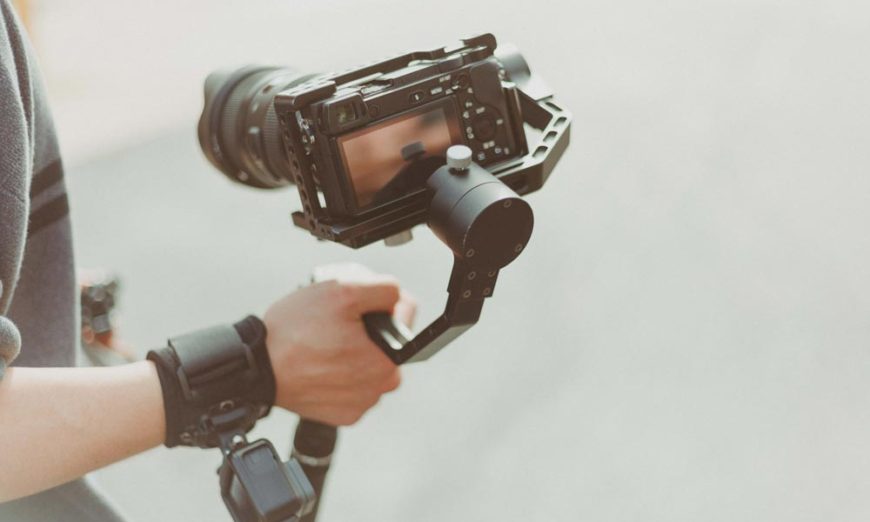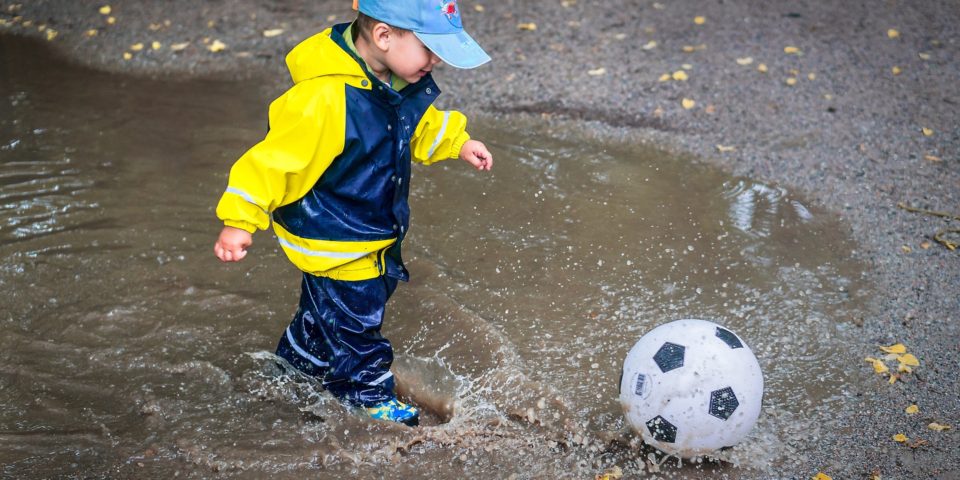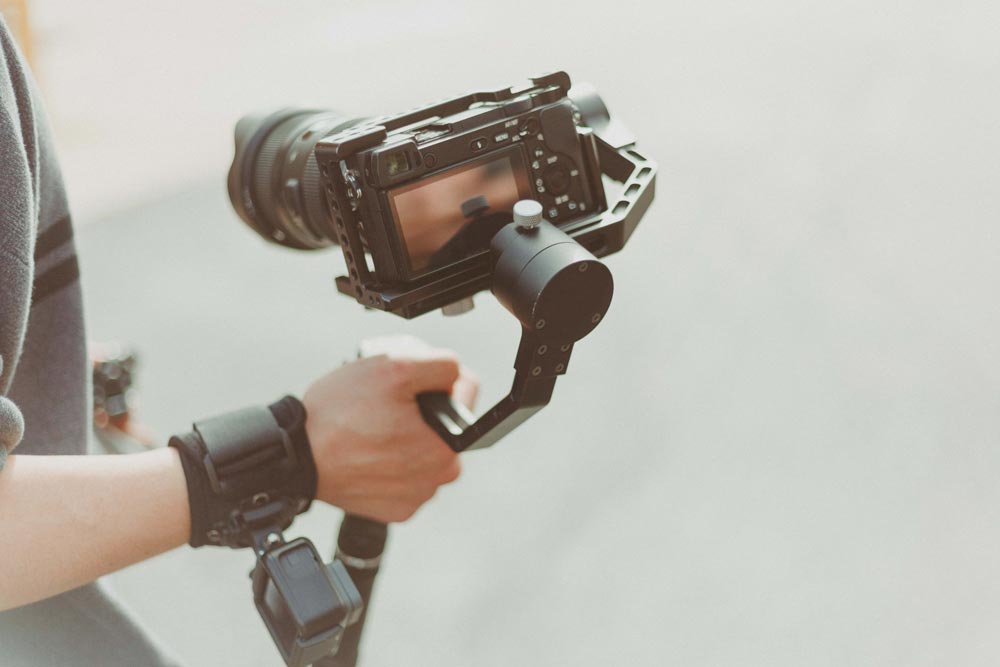
Let’s talk about shooting video when you can’t or wouldn’t use a tripod. We all know why we use tripods – it’s more than just to handle that unsteady look that makes stomachs roil and viewers stop watching while they hiss “amateur”.
A proper video head, as we’ve talked about before, makes for smooth pans and tilts. So what do we do when a tripod isn’t the right tool?
We use a stabilizer.
Manual Stabilizers
Back in the olden days, there was a problem for filmmakers to make shots in the field without full rigs, so talented folks made custom stabilizing mounts. In 1975 Garrett Brown invented what is probably still the best-known stabilizer called the Steadicam and it changed how professionals could make shots. The Steadicam used a series of sophisticated arms and springs to allow for steady handheld shots, even when the operator was moving. Learning to use a Steadicam took time and the weight took its toll on professional operators over time. In 1991 Martin Stevens invented the Glidecam, which uses a post, a camera plate, a free moving grip and weights on the bottom to stabilize movement. Glidecams, from places like Gimbal Garage, are lighter and less expensive than Steadicams but still require practice and skill to use well.
When patents started expiring, many designs or “interpretations” appeared, particularly of the simpler Glidecam design. These cost less money, but still require time and practice to work well. Sadly, in the race to reduce prices quality was often questionable, and a lot of junk hit the market.
If you are looking for an excellent manual stabilizer that works really well with cameras weighing up to 6 pounds, well in the range for an interchangeable lens camera, the Glidecam is a superb choice.
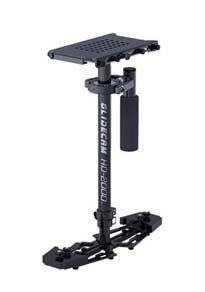
Figure 2: Glidecam
Another great option in this space, again ideal for the interchangeable lens camera video maker is the Steadicam.
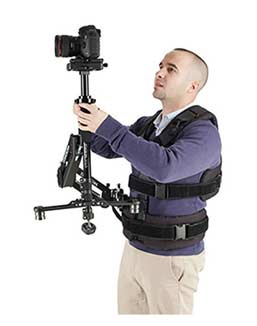
Figure 3: Steadicam Solo
Either of these stabilizers does a superb job with the understanding that the camera operator practices and builds the skills for proper control.
I’ve had opportunity to use them both and while I certainly do not consider myself skilled in their use, you feel and see the difference immediately over the more inexpensive and less effective units.
Getting Electronic Help
Gyroscopes help keep cameras level. When we add servo motors, power packs and useful controls, we can leverage technology for stability with a shorter learning curve.
DJI was in this space early with the original Ronin. Since then they have released the Ronin-MX, the Ronin-M and the Ronin 2. I have been the operator for commercial TV productions using these devices and currently have a Ronin-M in my gear kit specifically for video shot on interchangeable lens cameras.
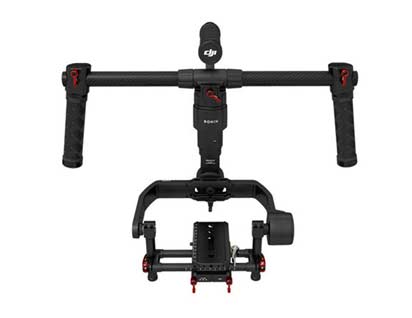
Figure 4: DJI Ronin-M can handle most any interchangeable lens camera.
We’ve also seen some very cool tech showing up that’s smaller and lighter than ever like the DJI Ronin-S.
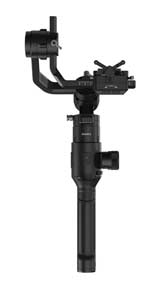
Figure 5: DJI Ronin-S capable of holding 3.6kg
What makes the Ronin-S different is that it uses the same design concept as the DJI OSMO but built up for the demands of interchangeable lens cameras. DJI really understands stabilizers, as in addition to consumer and prosumer products they also do some very high-end offerings for Hollywood type work. You may have seen other products like this sometimes called cranes. A couple are really good, most are challenging.
The Key to Success is Balance
Many folks who try stabilizers and find the results unappetizing have missed the most important part, and that is getting the camera and lens mounted properly and properly balanced. Some of the early tutorials on balancing your camera read like some kind of live sacrifice was required to achieve even a reasonable balance, and I can assure you that there are crane devices out there, that you will never get properly balanced. Having done a lot of work with the DJI Ronin family, I will tell you that getting these devices balanced is a lot easier than you will find on other products. Once you have your balance locked down, it’s also pretty easy to get rebalanced when you have to remove the camera for other shots and then get it back in your rig again. I will tell you straight up that paying a bit more for a unit that is easy to balance will save you hours of time and numerous headaches.
Learning to Move
Practicing before your project is going to benefit you no matter what type of stabilization you choose. The concept of “fast is slow, smooth is fast” is something to learn early and repeat to yourself. Folks with practice can move very effectively without compromising the stable platform. I’ve taken classes from, and studied with, operators who can go quickly up and down stairs with a pro video camera (spell h-e-a-v-y) in a Freefly M?VI and produce beautiful smooth footage. Don’t get frustrated and it all works out.
Conclusions
Whether you choose a manual or electronic stabilizer is a personal decision. Either can help you deliver beautiful smooth footage without having your camera locked down on a tripod, on a rail or on a cart. You also don’t have to take out a mortgage to get a really good stabilizer if you are using an interchangeable lens camera because the demands on weight are lower. Bring some real world motion to your shoot and change how people see your work.
Until next time, peace.
